Ross Evans is a student at Harvard Law School and a member of the Labor and Employment Lab.
The workplace benefits historically marginalized groups enjoy from unionization are well-documented. For example, according to 2019 data from the U.S. Bureau of Labor Statistics, unionized female employees earn 29% more than non-unionized female employees and unionized black employees earn 27% more than non-unionized black employees. And though the U.S. Bureau of Labor Statistics did not publish similar wage data for LGBTQ+ employees, unions have served as LGBTQ+ allies for decades.
Take, for example, the Women’s National Basketball Players Association (“WNBPA”), the union for players in the Women’s National Basketball Association (“WNBA”). As OnLabor reported (see here and here), the WNBPA negotiated a new collective bargaining agreement (“CBA”) with the WNBA earlier this year. Notably, 100% of WNBA players are female; 83% are persons of color; and 67% are black or African-American. What’s more, though exact numbers are unknown, a substantial proportion of WNBA players identify as LGBTQ+. In fact, last season, the All-WNBA First-Team—which features the five best players in a given WNBA season, as voted by the media—consisted entirely of women who identify as LGBTQ+ (Courtney Vandersloot, Brittney Griner, Chelsea Gray, Natasha Howard, and reigning WNBA MVP Elena Delle Donne). Moreover, of the six women on the WNBPA’s player-member leadership team, half—Delle Donne, Sue Bird, and Layshia Clarendon—identify as LGBTQ+.
Working Conditions. Similar to typical CBA negotiations, WNBA players’ working conditions—in this case, travel accommodations—represented a significant negotiating point. Under the new CBA, all players will travel in “Comfort Plus” (or equivalent) seating, and players traveling to compete in the mid-season All-Star Game will fly First Class. Flying in coach, often with connecting flights—the norm until now—had long demoralized players. For instance, the WNBA’s reigning scoring champion, Britney Griner—a towering 6’8” center—had to contort into a middle coach seat to participate in last year’s All-Star Game. Each WNBA player will now also receive her own hotel room while traveling, a benefit their NBA counterparts have enjoyed since 1999. Before, players with less than four years of experience had to room with a teammate.
Compensation. Much like many CBA negotiations, compensation represented the biggest factor in WNBA-WNBPA negotiations. Indeed, as shown in Table 2 below, this new CBA—from top to bottom—overhauls the WNBA’s labor market, significantly boosting WNBPA players’ individually guaranteed base salaries. But the total money guaranteed to players far exceeds the sum of their base salaries: select players will earn additional money from WNBA- and team-specific marketing agreements, in-season tournament prizes, and performance bonuses. Altogether, players’ average guaranteed earnings will skyrocket from about $85,000 to about $130,000 (+53%). And top players stand to gain the most, as the CBA boosts the ceiling on total individual cash compensation more than threefold, now eclipsing $500,000. These substantial raises for top players are not without downside, however: in terms of absolute dollars, the raise enjoyed by maximum-salary players exceeds that enjoyed by seven minimum-salary veteran players combined.
That said, a unique dynamic underlaid this compensation negotiation: WNBA players strongly desired an equal (50%) share of league revenues to match the virtually equal revenue partnership their male NBPA counterparts enjoy with the NBA. Though many thought the WNBPA’s 50% revenue-sharing goal was unrealistic, under the new CBA, if the WNBA exceeds the prior year’s revenue target, then players will indeed receive half of the revenue. As Clarendon explained, “for women who have often been underpaid, we know black women are underpaid, queer people, [too] . . . . it’s huge. It means everything.” By comparison, in 2017, oft-cited economics professor David Berri determined that WNBA players received less than 23% of WNBA revenue. Unfortunately, though, because of COVID-19’s impact on professional sports—including the WNBA—the WNBA’s 2020 revenue goal could become virtually impossible to meet, which would make 2022 the earliest that WNBA players could pocket a percentage of revenue on par with that of their male NBA counterparts.
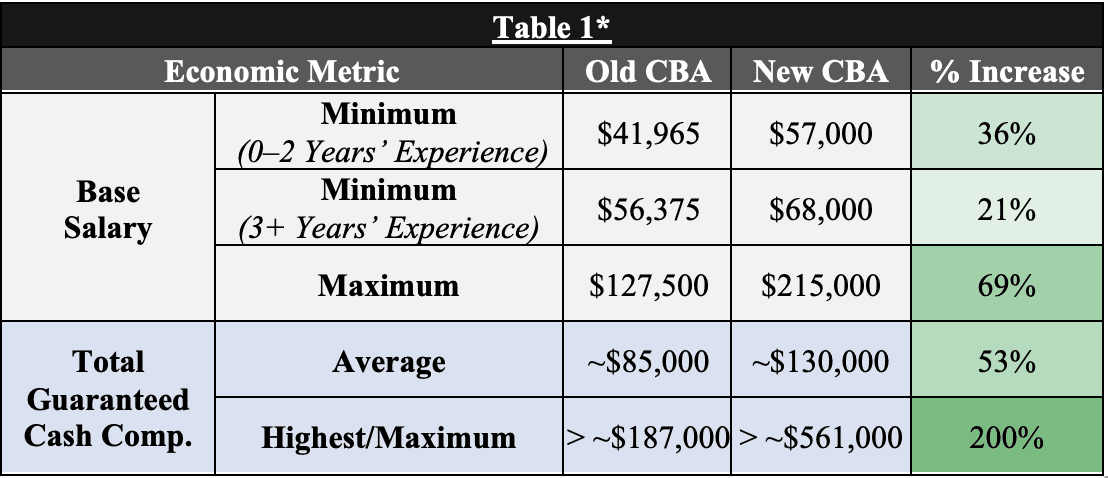
*Note: The author calculated some of these figures based on available information.
Support for Working Mothers. The new WNBA-WNBPA CBA has four provisions that support working mothers. First, the CBA now requires WNBA teams to pay full base salaries to players on maternity leave, a first among women’s professional sports leagues in the United States. This corrects the WNBA’s former half-pay policy, which compelled four-time WNBA All-Star Skylar Diggins-Smith to both conceal and play through her pregnancy for the entire 2018 WNBA season. Second, the new CBA also provides that players who have a dependent child under age 13 living with them during the season will now enjoy both a $5,000 annual stipend and a complementary two-bedroom apartment. Third, each team will also dedicate “a comfortable, safe and private place” for players to nurse their children. Diggins-Smith cited the lack of such a dedicated nursing space in her team’s facility as a reason, along with postpartum depression, that she decided to sit out the entire 2019 WNBA season. Fourth and finally, WNBA players whose tenure exceeds eight years can seek reimbursement for family-planning costs up to $20,000 in a year (and up to $60,000 across a career). More specifically, this policy covers egg freezing, fertility treatment (including surrogacy), and adoption—benefits covered by just 7%, 31%, and 56% of major U.S. employers, respectively. This fourth provision recognizes not only the WNBPA’s all-female membership (including many players’ identity as current or future mothers) but also many players’ identity as LGBTQ+ persons or allies, further cementing the WNBA as professional sports’ leader in LGBTQ+ inclusion.
All in all, we should commend both the WNBA and the WNBPA for its “‘Big Bet on Women’” with this new CBA. Especially because the union managed to achieve this remarkable progress while “represent[ing] everyone, every type of player. . . . [and without] leav[ing] anyone left behind,” as WNBPA President Nneka Ogwumike emphasized. And proof of this is in the pudding: 90% of WNBA players voted for this CBA’s ratification, nearly double the support garnered by the National Football League Players Association, which narrowly ratified its newly announced CBA with just 51.5% support. Here’s hoping “the best women’s basketball league in the world” returns as soon as safely possible so that we can both enjoy and support this Big Bet on Women.
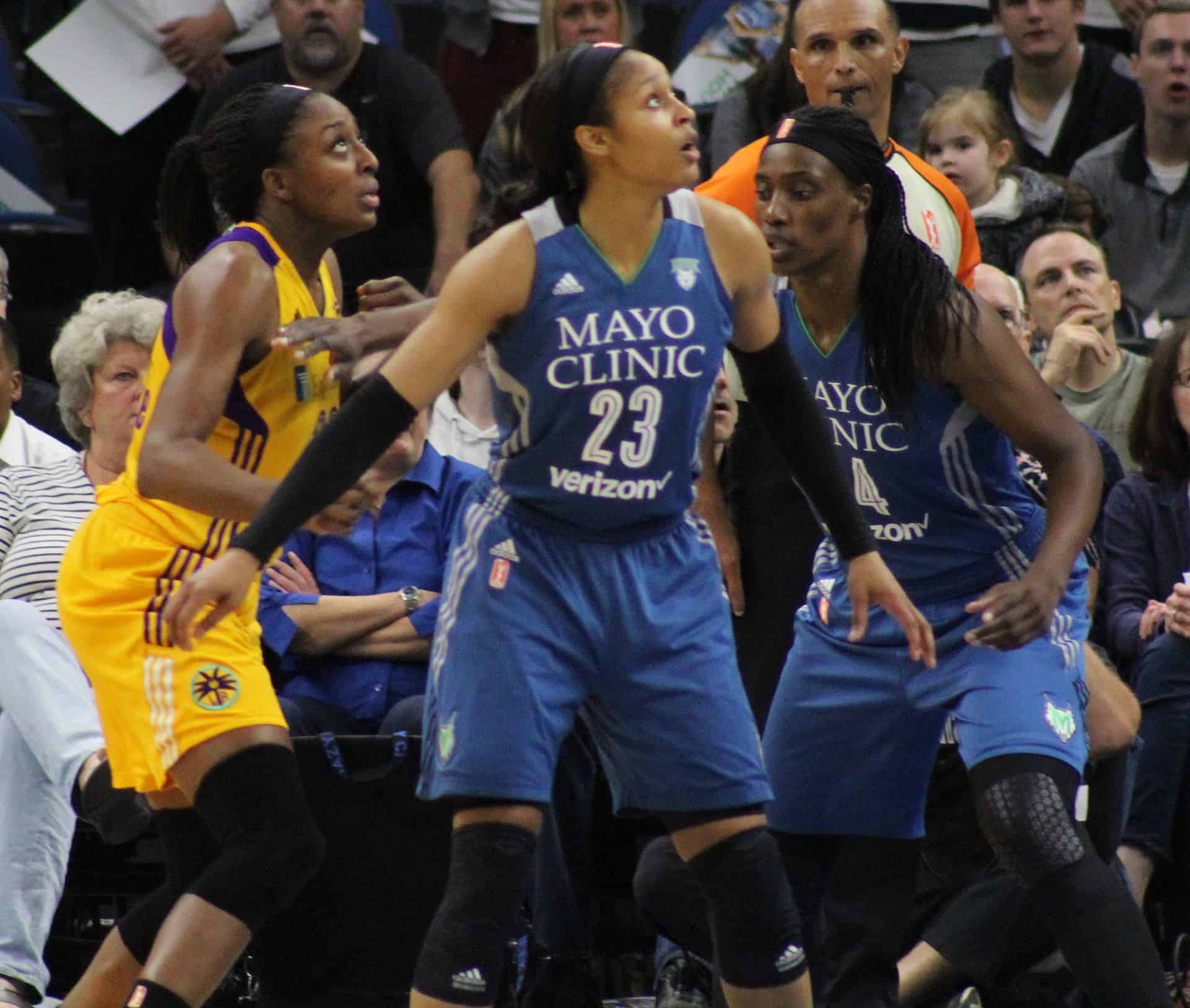
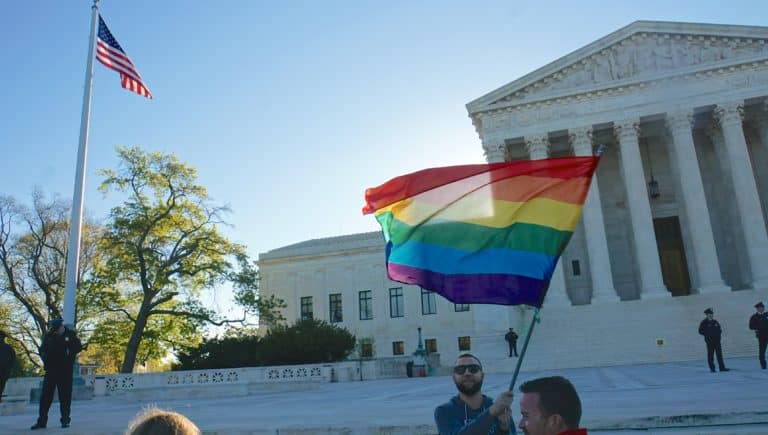
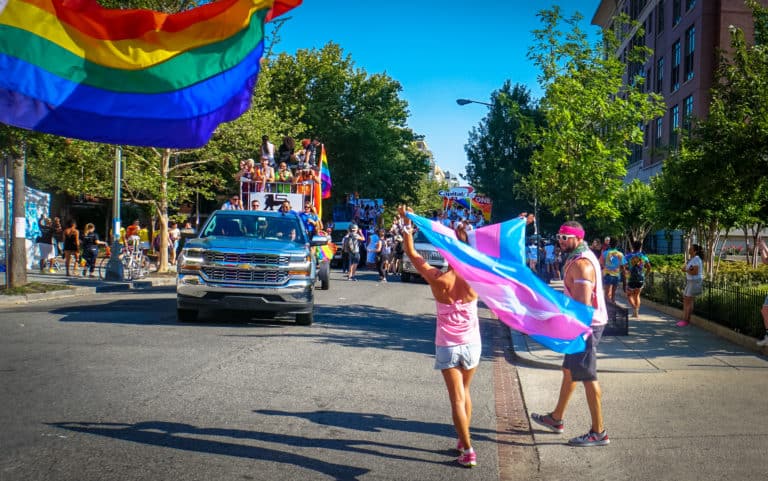
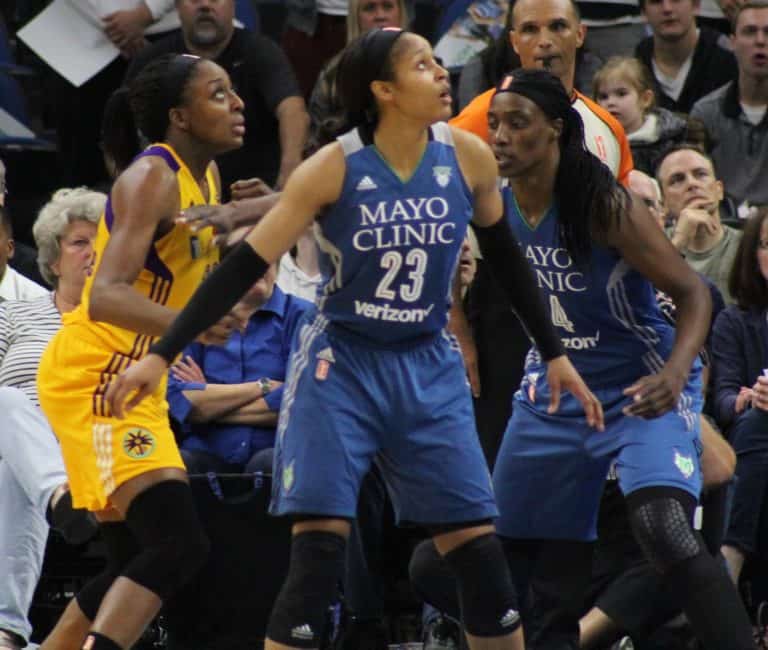
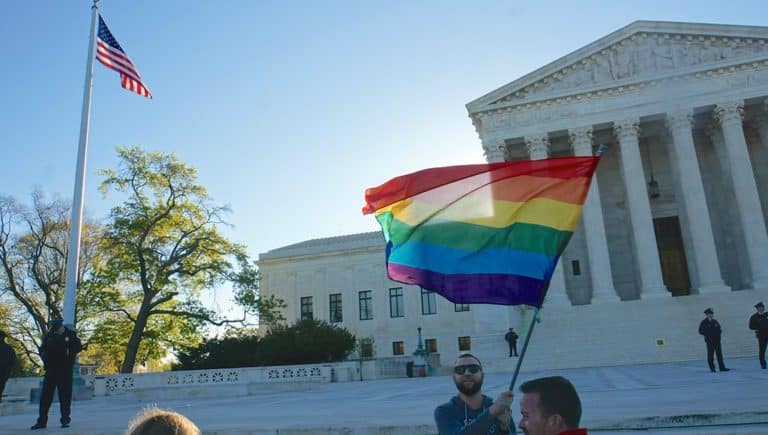





Daily News & Commentary
Start your day with our roundup of the latest labor developments. See all
April 23
Supreme Court hears cases about 10(j) injunctions and forced arbitration; workers increasingly strike before earning first union contract
April 22
DOL and EEOC beat the buzzer; Striking journalists get big NLRB news
April 21
Historic unionization at Volkswagen's Chattanooga plant; DOL cracks down on child labor; NY passes tax credit for journalists' salaries.
April 19
Alabama and Louisiana advance anti-worker legislation; Mercedes workers in Alabama set election date; VW Chattanooga election concludes today.
April 18
Disneyland performers file petition for unionization and union elections begin at Volkswagen plant in Tennessee.
April 18
In today’s Tech@Work, a regulation-of-algorithms-in-hiring blitz: Mass. AG issues advisory clarifying how state laws apply to AI decisionmaking tools; and British union TUC launches campaign for new law to regulate the use of AI at work.